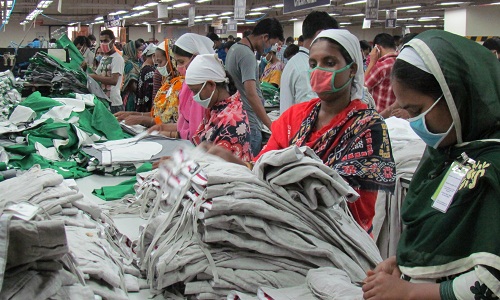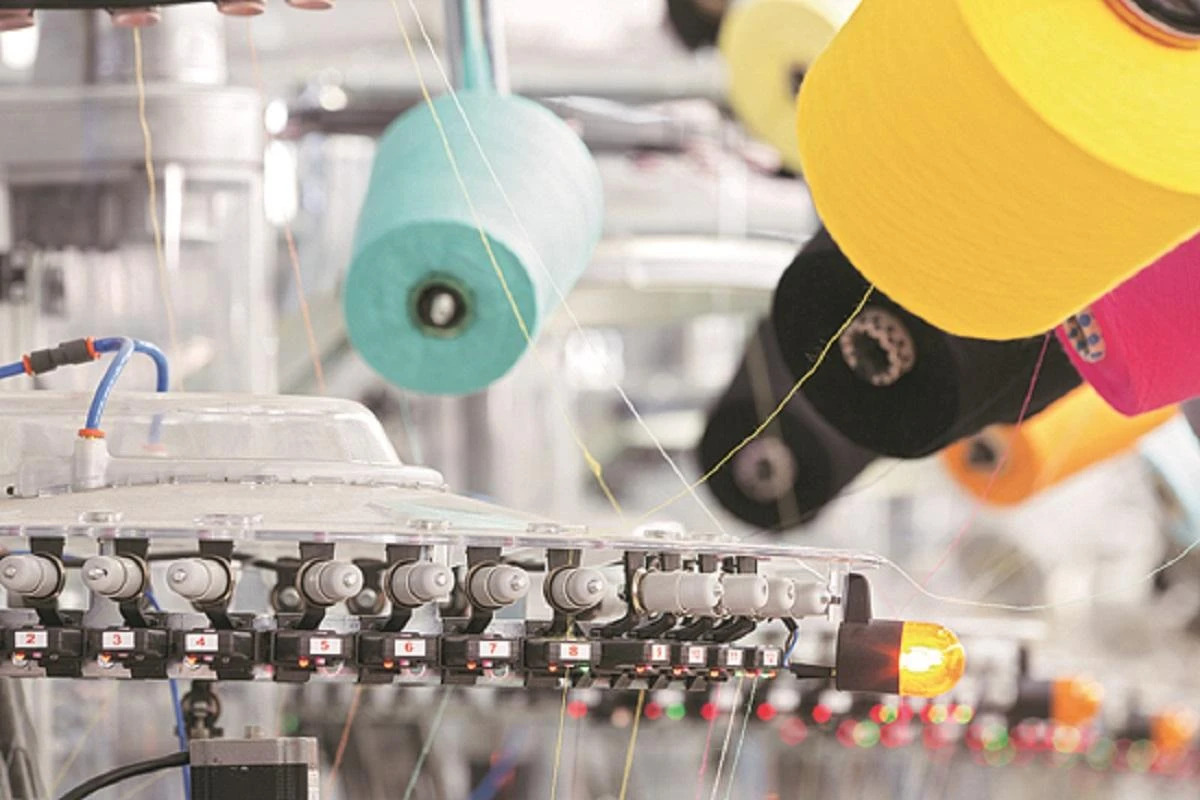"Bangladesh apparel sector is yet to come of age after growing for more than 30 years with extensive policy and financial support from the state. Industry leaders still clamour for support and incentives on different pleas. Even at this moment, they are protesting the proposed increase in source tax. "

Bangladesh apparel sector is yet to come of age after growing for more than 30 years with extensive policy and financial support from the state. Industry leaders still clamour for support and incentives on different pleas. Even at this moment, they are protesting the proposed increase in source tax.
In the recent Budget, the FM increased source tax from 0.60 per cent to 1.50 per cent for export earnings from RMG for the next fiscal year (FY2016-17). At the same time he has reduced corporate tax rate from 35 to 20 per cent. But the Bangladesh Garment Manufacturers and Exporters Association (BGMEA) and the Bangladesh Knitwear Manufacturers and Exporters Association (BKMEA) are of the opinion that rise in source tax will put apparel sector in jeopardy. They are also not happy with the significant reduction of the rate of corporate tax.

Meanwhile, RMG unit owners want both source and corporate tax rates have to be lowered. They demand that source tax should be 0.30 per cent and corporate tax, 10 per cent. They fear that the industry would lose competitiveness, exports will decline, workers will lose job and economy will suffer. These are old arguments repeated often.
RMg success story However, defying all odds the readymade garments industry continued to grow. Three factors contributed to this growth: entrepreneurial dynamism of the owners, hard labour of the workers and uninterrupted policy support of the government. The garment industry has become a strong global competitive player. As per WTO, the country is now the third largest clothing exporter in the world after China and European Union (EU). Share of Bangladeshi RMG in global exports was 5.1 per cent in 2014 while that of Vietnam, India and Turkey were 4.0 per cent, 3.7 per cent and 3.0 per cent respectively.
The apparel sector is the source of 80 per cent export earnings and provides direct and indirect employment to around 4.2 million people. Annual export earnings from the garment sector have increased from $4.8 billion in 2001 to $25 billion in 2015. Despite all these, the industry suffers from structural problems including reluctance of a section of owners to improve working conditions and ensure decent wages. This section of garment owners and exporters dominates the leadership of the industry and always put pressure for incentives and privileges. A general tendency is not to accept market forces although exporters have to follow market mechanism.
As per market rule, all factories are not equally efficient and all cannot make equal profits. Some factories need to face shutdown and it does not make business sense to give support to these factories when they are unable to compete.
Taxes, not to a bug bear The proposed tax increase are logical, feel experts. The source tax on export proceedings is the final settlement for the garment industry. So, garment exporters don't have to make any readjustment. By paying only 0.60 per cent tax, they are actually paying lower tax compared to many others. The National Board of Revenue (NBR) in 2014 announced reduction of source tax in RMG industry from 0.80 per cent to 0.30 per cent for 15 months. A huge tax reduction was made to compensate damages faced during the political turmoil in the second half of 2013. For this, the government had to forego revenue worth Tk 20 billion in 15 months.
Moreover, the garment sector, needs to contribute more as the size of country's budget is growing. Thus, 1.5 per cent tax at source shouldn't be seen as a barrier to grow further. Moreover, to ease tax pressure, the budget also proposed to cut corporate tax rate. This means garments owners will pay one-fifth of their profit as tax which is currently estimated at one-third. This is clearly a big advantage for the industry and skilful manufacturers will tap the advantage.
Garment manufacturers and exporters have to build and demonstrate their capacity to face challenges. As China is gradually shifting from low-end products due to higher in labour cost, Bangladesh is in a position to fill the vacuum. While Vietnam and Cambodia are gradually advancing by taking geographical proximity to China, it is not too late for Bangladesh. However, two crucial factors need attention. First, low wages are passé as apparel manufacturers have to be ready to pay incremental wages along with better working condition. Second, fiscal incentives and other support measures will be reduced in future. Still the industry is expected to contribute more to the national exchequer.












